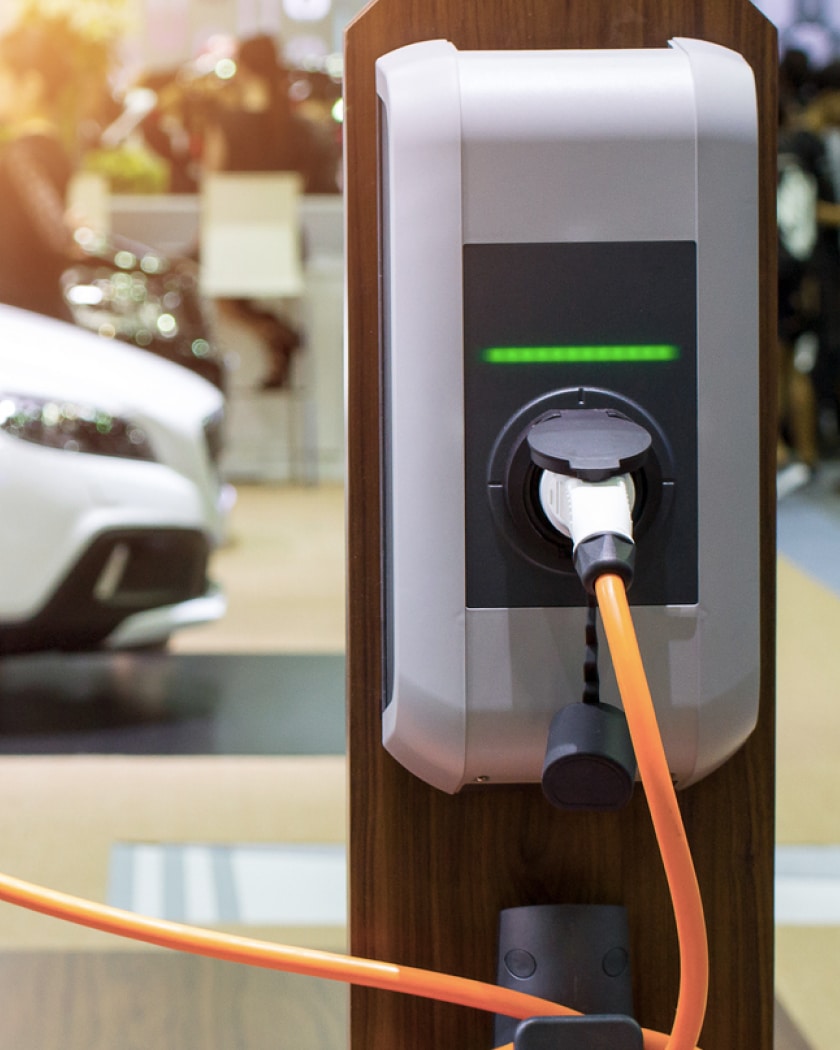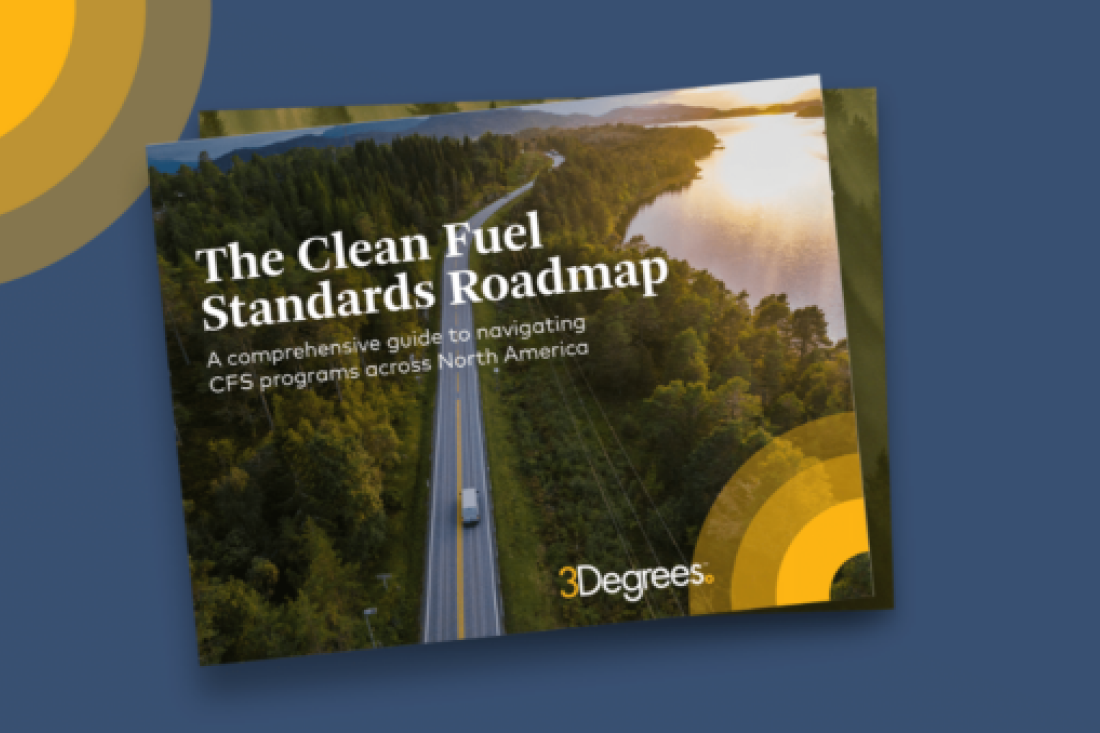Transportation
Canada’s Clean Fuel Regulation (CFR) FAQs

Canada’s Clean Fuels Regulations (CFR) FAQs
Find answers to the most common questions we receive on Canada’s CFR
What are the Clean Fuel Regulations (CFR)?
Canada’s CFR is a federal market-based program that incentivizes clean fuel technology by establishing emissions reduction targets for gasoline and diesel fuels while issuing credits to those who exceed targets and deficits to those who do not meet the targets. Deficit holders are then required to offset their deficits by purchasing credits from the market each year. The policy intends to decrease the Carbon Intensity (CI) of gasoline and diesel by 15% of 2016 levels and reduce GHG emissions by 26 million tons by 2030.
The CI reduction obligation falls on suppliers (producers, importers, distributors) of petroleum-based fuels. Primary suppliers are subject to two requirements — a reduction requirement, where the supplier must decrease the CI of their fuel pool, and a volumetric requirement, where the fuel pool must contain a minimum percentage of low-CI fuel.
What is a CFR credit?
Each credit represents the life cycle emission reduction of one tonne of CO2-equivalent. Entities that reduce the carbon intensity of fuels or supply fuels with a carbon intensity below the established benchmark generate CFR credits (as further described in the next section). For example, electric vehicle charging and the use of biogas / renewable natural gas (RNG) or hydrogen are eligible to generate CFR credits. Credits are registered and traded via the Credit and Tracking System (CATS), a web-based platform where credit verification, validation and compliance reporting are managed. The CFR incentivizes suppliers of carbon-intensive fuels to reduce emissions beyond what they are required to do as part of their regulatory compliance because of the opportunity to generate and sell credits.
What kinds of vehicles can generate CFR credits?
The CFR regulation is purposefully broad, with no explicit distinction between on- and off-road vehicle opportunities. There are a wide variety of vehicle and fuel applications that can generate credits. The fueling or charging of any vehicle that would most commonly be using fossil fuels but is instead using a fuel with a lower CI can generate credits. Electric transportation applications are a common source of CFR credits including:
- Battery electric and hydrogen fuel cell electric forklifts
- Electric yard trucks/tractors and other off road cargo handling equipment
- Electric cargo handling equipment
- Electric marine vessels
- Electric cargo and delivery vans and box trucks
- Battery and hydrogen fuel cell electric medium and heavy duty trucks and tractors
- Shore powered refrigerated trailers run on electricity
What kind of fuels can generate CFR credits?
Credits are generated based on the quantity and carbon intensity of low-carbon fuel supplied. Entities who undertake credit generation activities are referred to ‘registered creators,’ and there are numerous credit generating activities available, including:
- Reduction of fossil fuel CI throughout its lifecycle (e.g. through carbon capture and storage, on-site renewable energy, etc.)
- Supply of low-carbon fuels or energy (i.e. ethanol, biodiesel, etc.)
- Direct supply of low-carbon hydrogen
- Electric vehicle charging
- Biogas and RNG fueling
How do you make money through the CFR?
The monetary value of the credits varies based on the supply and demand of the CFR credit market. Registered creators can generate credits on either a quarterly or annual basis through a variety of crediting pathways. These credits are later sold on the open market for purchase by deficit generators who have an annual compliance target. To earn credits, organizations must demonstrate that their clean fuels meet the eligibility criteria set out in the regulations, comply with reporting requirements, and undergo verification by a third party. 3Degrees has a unique three-phase process for CFR participation that ensures the maximum financial gain for a partner’s existing assets, while providing a foundation for future growth.
Does low-carbon fuel usage need to occur in Canada to be eligible?
Yes, the CFR program applies to any transportation fuel that is sold, supplied, or offered for sale in Canada. Credits may only be generated once for any given quantity of fuel; fuel used to generate credits in another jurisdiction may not also be used to generate Canadian CFR credits. If fuel is subsequently exported, any credits associated with its volume must be canceled.
Are there requirements on how the revenue from selling CFR credits is spent?
CFR revenue earned from the sale of compliance credits by certain voluntary participants must be used to fund further decarbonization activities, such as deploying electric vehicle (EV) charging infrastructure, installing electricity distribution infrastructure that supports EV charging, or providing financial incentives for consumers to purchase EVs. Even where this is not explicitly required, the CFR program is designed to provide money to the entities responsible for growing the market for low-carbon fuels across Canada. This cycle of incentive and reinvestment aims to rapidly expand the clean fuel industry for businesses and consumers alike.
How do you get the most out of the CFR?
To ensure your organization is maximizing the benefits of the CFR, working with a third-party advisor can remove the administrative burden and mitigate regulatory risk, while ensuring a profitable return on investment. For entities interested in leveraging the CFR, 3Degrees can serve as a registered creator and a carbon intensity contributor, helping our partners generate credits to sell into the market and providing fuel pathways consulting support as needed. If your business is interested in CFR opportunities, contact us for help navigating the process.
Suggested Insights

Download this guide to learn the role of CFS programs in driving down transportation emissions

Watch Dave Meyer, Director of Transportation Markets, explain how to assess the financial opportunity of Clean Fuel Standard programs for your organization and more.

Learn more about the regulations aim to reduce the life cycle CI of transportation fuels and promote cleaner fuel alternatives.
Get in touch
Learn more about how your organization can leverage financial incentives available through Canada’s CFR
